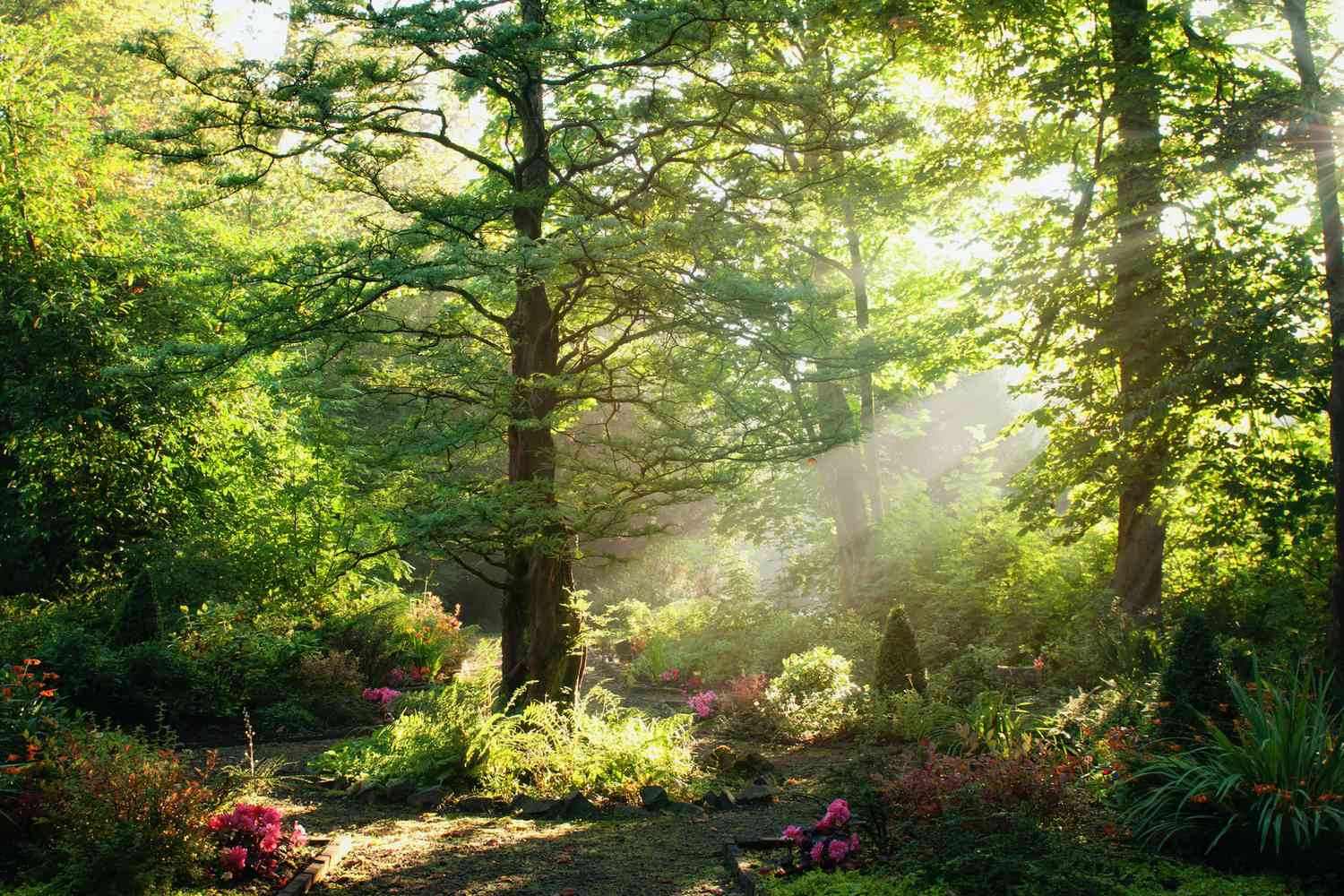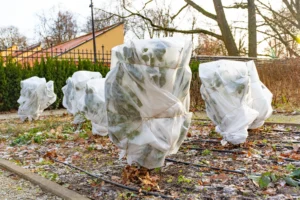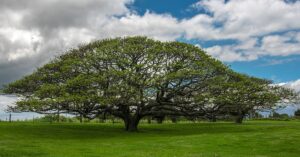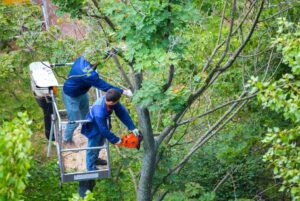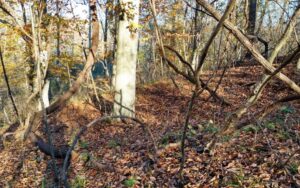Understanding the Value of Your Tree
Trees not only provide beauty and shade to your property, but they also offer significant environmental, social, and economic benefits. Calculating the value of a tree can help property owners understand its contribution to their landscape and make informed decisions about its care and preservation. A Tree Value Calculator assesses a tree’s worth based on factors such as species, size, health, and location.
In this article, we will walk you through the importance of calculating the value of a tree and provide a simple HTML-based Tree Value Calculator for you to use.
Tree Value Calculator
Use this calculator to estimate the value of your tree. Enter the details below:
Estimated Tree Value: $0
Why Use a Tree Value Calculator?
Calculating the value of a tree can serve various purposes:
- Property Value: Trees can increase property value by improving aesthetics, offering shade, and enhancing curb appeal.
- Environmental Benefits: Trees help reduce air pollution, conserve water, and provide habitats for wildlife.
- Insurance and Compensation: Understanding the value of a tree can be helpful for insurance claims or compensation if the tree is damaged or lost.
- Maintenance and Care: Knowing the monetary value of your tree can guide investment in its care and protection.
Factors That Affect Tree Value
Several factors contribute to determining the value of a tree, including:
- Species: Different tree species have different values based on their rarity, durability, and desirability.
- Size: The size of the tree (height and trunk diameter) plays a significant role in its value. Larger trees are often more valuable.
- Health: Healthy trees are worth more than trees suffering from disease or damage.
- Location: Trees in urban areas or on residential properties may have higher value due to their contribution to the environment and property aesthetics.
How the Tree Value Calculator Works
- Tree Species: Users select the species of their tree from a drop-down menu. Each species has a base value (e.g., oak trees are valued higher than pine trees).
- Tree Height and Trunk Diameter: Users input the height and trunk diameter of the tree, which are essential factors in determining the overall size and value of the tree.
- Tree Health: Users choose the tree’s health from four categories: Poor, Fair, Good, and Excellent. Health affects the value multiplier, as healthier trees are worth more.
- Location: Location is a multiplier based on how significant the tree’s position is (e.g., a tree in a high-traffic area or a well-designed landscape may have more value).
- Calculation: The calculator uses a simple formula that multiplies the species value by the tree’s size (height and trunk diameter) and adjusts the total based on the tree’s health and location importance.
Tree Value Calculator for all Type of Trees
The Tree Value Calculator provides a simple way for users to estimate the monetary value of their trees. By entering details such as species, size, health, and location, users can gain insights into how much their tree contributes to the value of their property. While this tool provides a basic estimate, professional arborists or tree appraisers may use more complex methods for an accurate assessment.
Use the HTML code provided to create your own tree value calculator on your website or project, and help others recognize the importance and worth of the trees in their landscape.
Here’s a comprehensive article about the tree value of the top 50 trees in the USA, including a table to display their respective values in USD. This article will also cover useful facts about tree values, headings, and subheadings.
Understanding the Value of Trees in the USA
Trees are invaluable resources that offer numerous benefits, including environmental, economic, and social advantages. Understanding the monetary value of trees can help communities and individuals appreciate their worth and encourage better care and management practices.
Importance of Tree Value
- Environmental Impact: Trees contribute significantly to carbon sequestration, air purification, and climate regulation. They also provide habitat for wildlife and help in water management.
- Economic Benefits: The presence of trees can enhance property values, reduce energy costs through shade, and support local economies through timber production and tourism.
- Social Advantages: Trees improve community aesthetics, provide recreational opportunities, and promote mental well-being by offering spaces for relaxation and recreation.
Factors Influencing Tree Value
The value of a tree is determined by several factors, including:
- Species: Different tree species have varying market values. Native species typically have higher values due to their ecological benefits.
- Size and Age: Larger, older trees are often more valuable due to their established canopies and ecosystem services.
- Health and Condition: Healthy trees with no signs of disease or damage are worth more than those that are unhealthy or have structural issues.
- Location: Trees situated in urban areas may have higher values due to their contributions to property values and community beautification.
Tree Value Table: Top 50 Trees in the USA
Below is a table displaying the estimated value of the top 50 trees found in the USA. The values are represented in USD and are based on average market prices.
| Tree Species | Value (USD) |
|---|---|
| American Oak | $50,000 |
| Black Walnut | $45,000 |
| Red Maple | $35,000 |
| Bald Cypress | $30,000 |
| Eastern White Pine | $28,000 |
| Tulip Poplar | $25,000 |
| Sugar Maple | $22,000 |
| White Oak | $20,000 |
| Pecan | $18,000 |
| River Birch | $17,000 |
| Southern Live Oak | $15,000 |
| Loblolly Pine | $14,000 |
| Chestnut Oak | $13,000 |
| Sycamore | $12,000 |
| Red Oak | $11,000 |
| Norway Spruce | $10,000 |
| Ash | $9,500 |
| Black Cherry | $9,000 |
| Hackberry | $8,500 |
| Sweetgum | $8,000 |
| Catalpa | $7,500 |
| Douglas Fir | $7,000 |
| Quaking Aspen | $6,500 |
| Japanese Maple | $6,000 |
| Flowering Dogwood | $5,500 |
| Hemlock | $5,000 |
| Hawthorn | $4,800 |
| American Hornbeam | $4,500 |
| Blue Spruce | $4,200 |
| Black Locust | $4,000 |
| Goldenrain Tree | $3,800 |
| Eastern Redbud | $3,500 |
| Ginkgo | $3,200 |
| Yew | $3,000 |
| Redbud | $2,800 |
| Elm | $2,500 |
| London Plane Tree | $2,200 |
| Ash Leaf Maple | $2,000 |
| Silver Maple | $1,800 |
| Sweet Birch | $1,500 |
| Blue Ash | $1,200 |
| Boxelder | $1,000 |
| Paper Birch | $900 |
| Black Willow | $800 |
| Chinese Elm | $700 |
| Red Maple | $600 |
| Carolina Buckthorn | $500 |
| Elderberry | $400 |
| Crabapple | $300 |
| Serviceberry | $250 |
| American Sycamore | $200 |
| Hawthorn | $150 |
| Honeylocust | $100 |
| Juniper | $80 |
| Olive | $60 |
| Pine | $50 |
| Sassafras | $40 |
| Willows | $30 |
| Yellow Birch | $20 |
| Mulberry | $15 |
| Palm | $10 |
Conclusion
The estimated values of these trees demonstrate their significance in our ecosystems and communities. Understanding tree values can help promote conservation efforts and responsible management practices, ultimately benefiting our environment and future generations. Whether for aesthetic, ecological, or economic purposes, valuing trees is essential in creating sustainable landscapes and communities. By recognizing their worth, we can ensure that trees remain a vital part of our lives.
